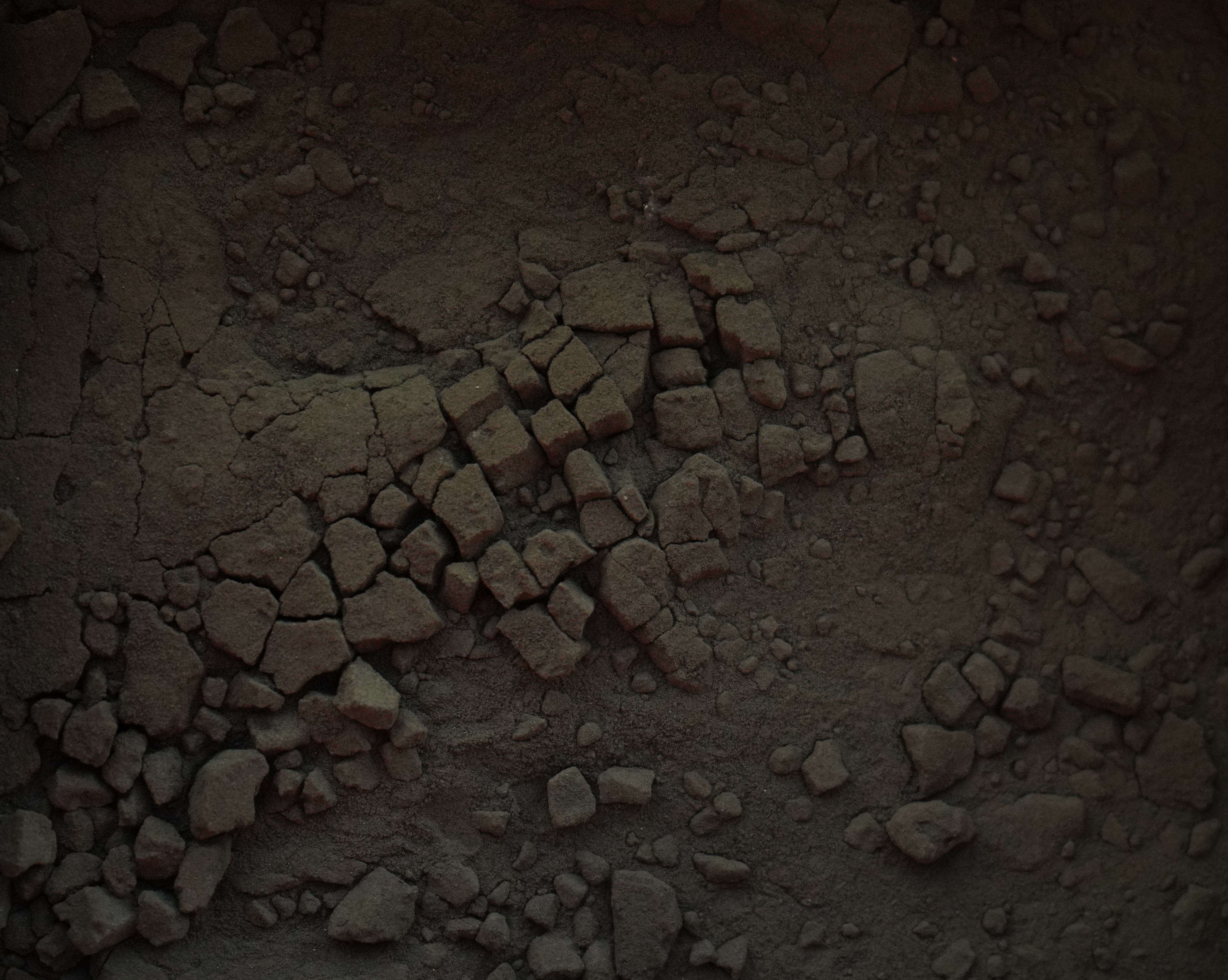

Myrobalan extract
Lat. Terminalia Chebula
€3.00
Myrobalan nuts are a rich source of tannins, offering a variety of earthy shades. When used on their own, they give light yellow, beige, cream, and light brown on both cellulose and protein fibers. Introducing an iron post-mordant can transform these shades into various greys, blacks, and browns.
Myrobalan nuts can be used with or without mordants. Also, being a great source of tannins, they can be used as an organic tannin mordant for other dyes. Additionally, myrobalan is great for using it as a 2-step mordant with aluminum acetate for cellulose.
In various nations, myrobalan is considered a medical plant, especially in Ayurvedic medicine. Textiles, dyed with myrobalan, can be imparted with properties such as antimicrobial, antifungal.
Moreover, it can be used for making botanical ink, watercolors, printing paste, and a variety of other dyes.
Name: myrobalan extract
Latin name: Terminalia Chebula
Other names: black myrobalan, chebulic myrobalan, haritaki, mirobaran, shilikha
Type: mordant dye, no-mordant dye, organic mordant
Part of plant used:nuts
Colorants: various tannins, mostly from a gallotannin class
Main colors: beige, grey, brown, black
Other colors: various shades of yellow, tan, black
Purpose: natural dye for textiles, leather, wood, candles, and other natural materials. Can be used as an organic mordant for other natural dyes. Can be used for making botanical inks, pastels, watercolors, printing paste, etc.
Dyeing and mordanting with myrobalan extract:
Use at 5-10% WOF (weight of fiber).
Dissolve the powder in a small amount of warm water to create your dye solution.
Fibers, whether pre-mordanted or unmordanted, should be soaked in water for at least 30 minutes before adding to the dye solution.
Immerse fibers in the gallnut solution and simmer for 30-60 minutes, depending on the desired shade. Allow the solution to cool.
To achieve a diverse color palette, consider adjusting the pH. Common agents include citric acid, cream of tartar, soda ash, or chalk.
To further expand your color range, experiment with additional mordants like iron sulfate, which will shift color from brown or beige into grey, dark brown, or even very deep greyish purple
Information about natural dye extracts:
First and foremost, a small amount of extract goes a long way. Colorants are extracted from dyestuff in an eco-friendly manner that conserves space while retaining all dyeing properties. With the extract, you need 5 to 10 times less than the original dye. For example, 10 grams of madder extract can stand in for 100 grams of dried madder roots. This not only saves on storage but also reduces shipping costs. Moreover, extracts are quicker and simpler to prepare, making them ideal for beginners or those looking for quicker results. Additionally, for those bursts of inspiration where time is of the essence, having extracts ready is a game-changer, eliminating the lengthy wait of traditional dye solution preparation.